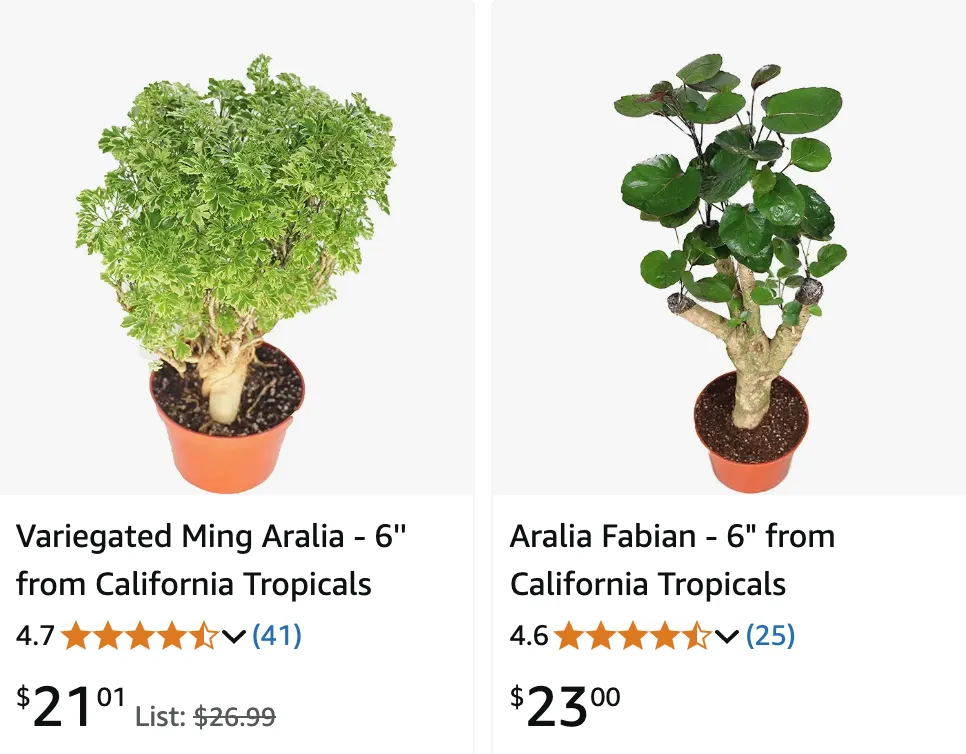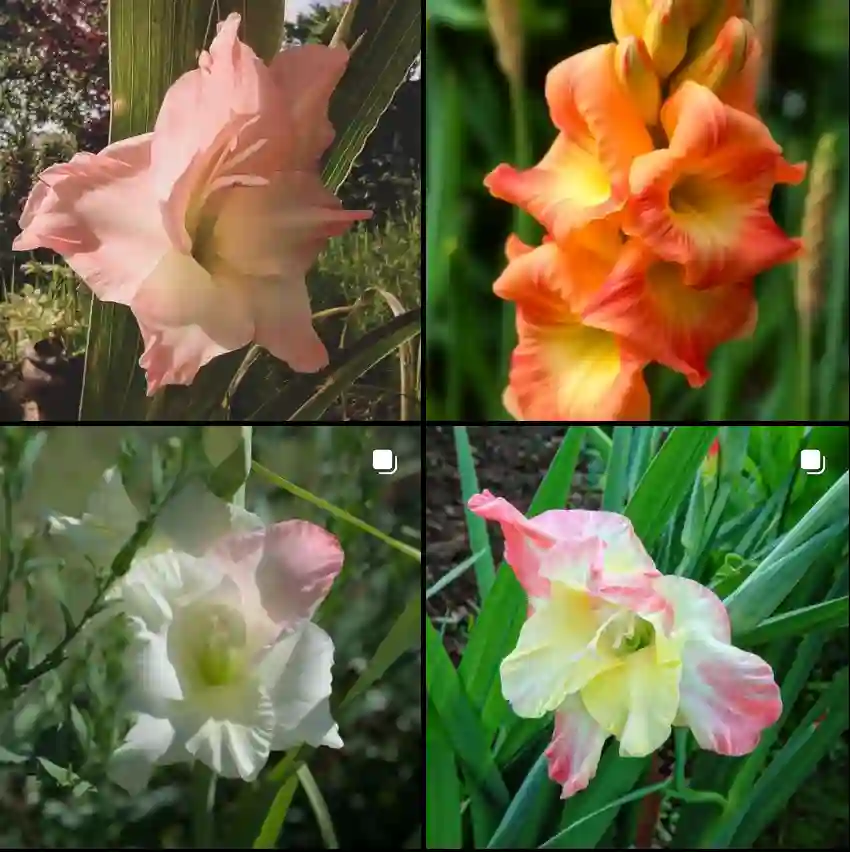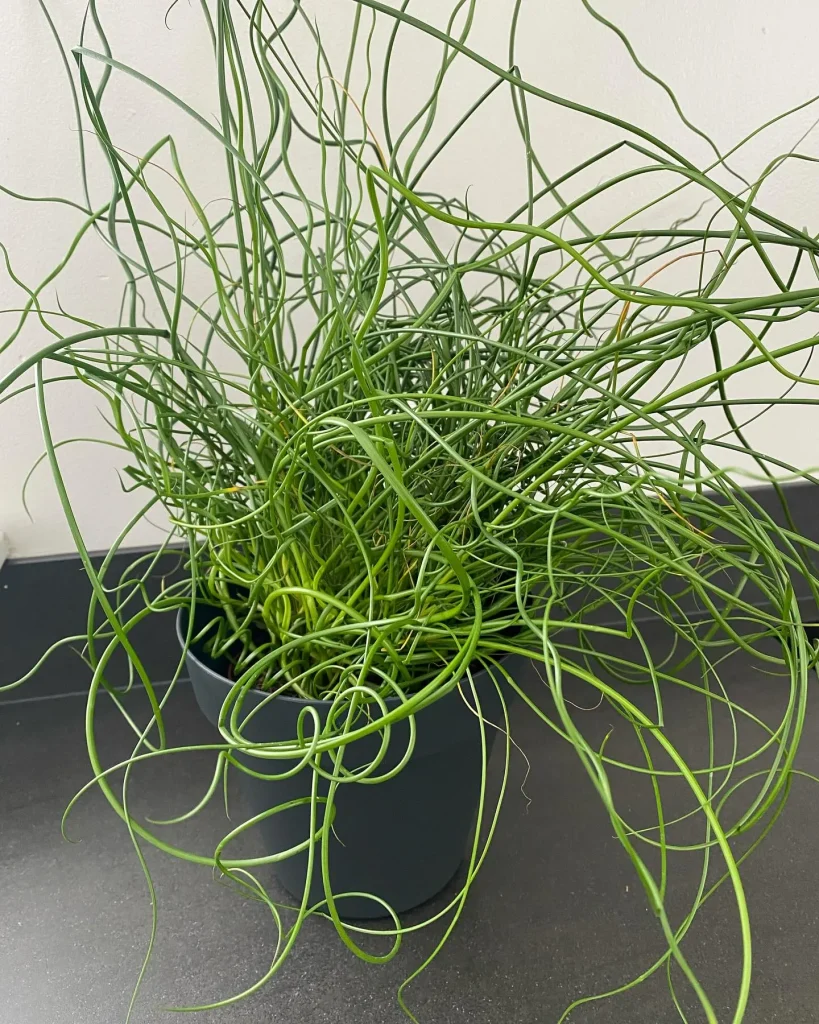
November 23 – Aralia
"Aralia, the angelica tree, defines November 23."
Aralia symbolizes protection and strength. You are a guardian to those you love, offering support and guidance. Like its branching form, you provide a strong foundation for others to grow.
My Fascination with the Aralia Genus
As a lifelong admirer of the botanical world, I, Ferb Vu, am perpetually captivated by the sheer diversity and resilience of plant life. Among the myriad genera that have piqued my interest, the Aralia genus holds a special place in my heart. This diverse group of plants, belonging to the Araliaceae family, boasts a remarkable array of species, each with its unique characteristics and ecological significance.
A Diverse and Widespread Genus
The Aralia genus encompasses approximately 73 accepted species, ranging from deciduous and evergreen trees to shrubs and herbaceous perennials. These plants are native to Asia and the Americas, with a majority found in mountain woodlands. Their adaptability to various environments is a testament to their resilience and evolutionary success.
Here are:
- Aralia apioides Hand.-Mazz.
- Aralia armata (Wall. ex G.Don) Seem.
- Aralia atropurpurea Franch.
- Aralia bahiana J.Wen
- Aralia bicrenata Wooton & Standl.
- Aralia bipinnata Blanco
- Aralia cachemirica Decne.
- Aralia caesia Hand.-Mazz.
- Aralia californica S.Watson
- Aralia castanopsicola (Hayata) J.Wen
- Aralia chinensis L.
- Aralia continentalis Kitag.
- Aralia cordata Thunb. Plant FAQs: Aralia Cordata – Japanese Spikenard
- Aralia dasyphylla Miq.
- Aralia dasyphylloides (Hand.-Mazz.) J.Wen
- Aralia debilis J.Wen
- Aralia decaisneana Hance
- Aralia delavayi J.Wen
- Aralia devendrae Pusalkar
- Aralia duplex R.Chaves
- Aralia echinocaulis Hand.-Mazz.
- Aralia elata (Miq.) Seem. Plant FAQs: Aralia Elata
- Aralia excelsa (Griseb.) J.Wen
- Aralia fargesii Franch.
- Aralia ferox Miq.
- Aralia finlaysoniana (Wall. ex G.Don) Seem.
- Aralia foliolosa Seem. ex C.B.Clarke
- Aralia frodiniana J.Wen
- Aralia gigantea J.Wen
- Aralia gintungensis C.Y.Wu ex K.M.Feng
- Aralia glabra Matsum.
- Aralia glabrifoliolata (C.B.Shang) J.Wen
- Aralia henryi Harms
- Aralia hiepiana J.Wen & Lowry
- Aralia hispida Vent.
- Aralia humilis Cav.
- Aralia hypoglauca (C.J.Qi & T.R.Cao) J.Wen & Y.F.Deng
- Aralia indonesica Doweld
- Aralia kansuensis G.Hoo
- Aralia kingdon-wardii J.Wen, Lowry & Esser
- Aralia leschenaultii (DC.) J.Wen
- Aralia malabarica Bedd.
- Aralia melanocarpa (H.Lév.) Lauener
- Aralia merrillii C.B.Shang
- Aralia mexicana (C.B.Shang & X.P.Li) Frodin
- Aralia montana Blume
- Aralia nudicaulis L. Plant FAQs: Aralia Nudicaulis – Wild Sarsaparilla
- Aralia officinalis Z.Z.Wang
- Aralia parasitica (D.Don) Buch.-Ham. ex Bosse
- Aralia plumosa H.L.Li
- Aralia racemosa L. Plant FAQs: Aralia Racemosa
- Aralia regeliana Marchal
- Aralia rex (Ekman) J.Wen
- Aralia scaberula G.Hoo
- Aralia scopulorum Brandegee
- Aralia searelliana Dunn
- Aralia soratensis Marchal
- Aralia spinifolia Merr.
- Aralia spinosa L. Plant FAQs: Aralia Spinosa
- Aralia stellata (King) J.Wen
- Aralia stipulata Franch.
- Aralia subcordata (Wall. ex G.Don) J.Wen
- Aralia thomsonii Seem. ex C.B.Clarke
- Aralia tibetana G.Hoo
- Aralia tomentella Franch.
- Aralia undulata Hand.-Mazz.
- Aralia urticifolia Blume ex Miq.
- Aralia verticillata (Dunn) J.Wen
- Aralia vietnamensis Ha
- Aralia wangshanensis (W.C.Cheng) Y.F.Deng
- Aralia warmingiana (Marchal) J.Wen
- Aralia wilsonii Harms
- Aralia yunnanensis Franch.
Unique Characteristics and Adaptations
Aralia plants exhibit a variety of fascinating characteristics that contribute to their ecological success. Many species possess prickles or thorns on their stems and leaves, serving as a defense mechanism against herbivores. Their leaves are typically large and compound, often arranged in a palmate or pinnate fashion. The flowers are small and inconspicuous, usually arranged in umbels or panicles, and are often followed by small, berry-like fruits that are relished by birds and other wildlife.
Ecological and Economic Importance
Aralia plants play a vital role in their respective ecosystems. They provide food and shelter for a variety of insects, birds, and mammals. Their flowers attract pollinators, while their fruits serve as a food source for various animals. In addition to their ecological significance, Aralia plants also hold economic value. Some species, such as Aralia cordata, are cultivated for their edible shoots, while others, such as Aralia elata, are prized for their ornamental value. Several species are also used in traditional medicine to treat a wide range of ailments.
Conservation and Future Prospects
Despite their ecological and economic importance, some Aralia species face threats due to habitat loss and overexploitation. Conservation efforts are crucial to ensure the long-term survival of these valuable plants. By protecting their natural habitats and promoting sustainable harvesting practices, we can help safeguard these species for future generations.
In conclusion, the Aralia genus is a captivating group of plants that exemplifies the diversity and resilience of the natural world. From their unique adaptations to their ecological and economic significance, Aralia plants continue to fascinate and inspire me. As a passionate advocate for plant conservation, I am committed to promoting the preservation of these remarkable species and ensuring their continued contribution to our planet’s biodiversity.
If i die, water my plants!



